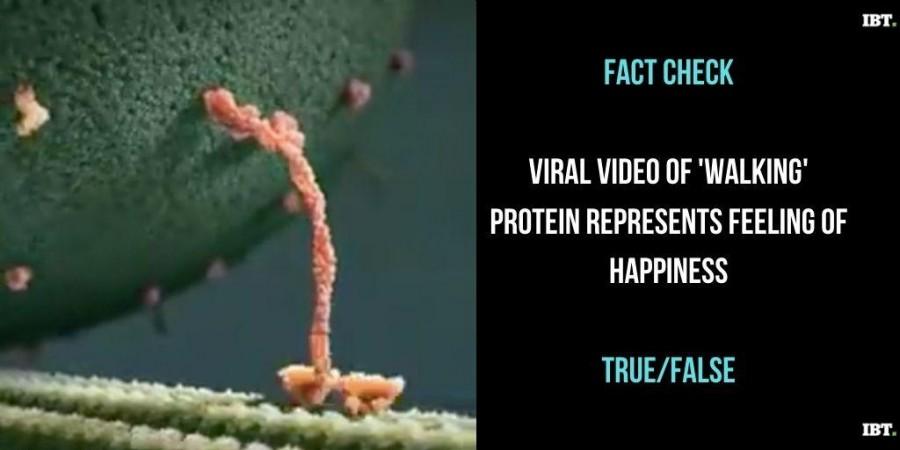
The internet is an amazing place. We get to see some amazing things that might not have been possible otherwise. From funny cat videos to something as meaningful as raising voice for the oppressed, everything can be done on the internet. But once something goes on the internet, it stays there forever. Now, a viral video from the past has resurfaced to mesmerize viewers, who are in awe of human biology.
The viral walking protein
"A myoisin protein dragging an endorphin along a filament to the inner part of the brain's parietal cortex which creates happiness..You're looking at happiness," a tweet read along with the video of a walking protein representing feeling of happiness.
A myoisin protein dragging an endorphin along a filament to the inner part of the brain’s parietal cortex which creates happiness..
— Buitengebieden (@buitengebieden_) August 20, 2020
You’re looking at happiness. pic.twitter.com/Rfqr5kPOlj
The tweet might be new, shared on Thursday, but the video is several years old. Time and again, the video has emerged and gained a lot of social media engagement. It has been around since 2014.
The viral video/GIF shows a myosin molecule transporting endorphins, which in turn creates a feeling of happiness. The video shows a protein molecule appearing as it if is walking on a ledge. Slowly making its way forward, carrying on its back large undulating orb.
Fact check
Every time the video remerges, it goes viral simply for the mesmerizing and soothing animation. That's right, it is an animation and not exactly how happiness looks like under the microscope. Here's the actual story behind the animation.
The post claims it is a representation of kinesin dragging a vesicle, which would be an accurate explanation. This is in any large part of a cell that's too big to move around on its own. Snopes did a fact check of the animation back in 2017, citing the original blog in 2014.
Both kinesin and myosin are considered motor proteins, which (among other things) can transport newly synthesized molecules between different regions within eukaryotic cells, as described in a 2000 review published in Science wrote.








